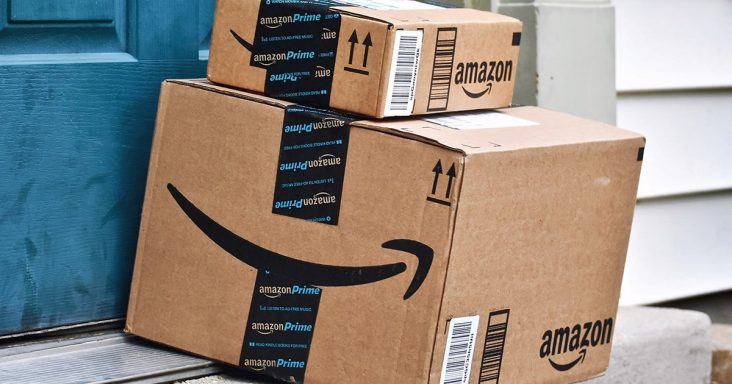Online shoppers spent less for online grocery, more for apparel in May
by June 16, 2023 12:25 pm 770 views

U.S. online grocery market sales totaled $6.9 billion in May, down 3.4% compared to $7.2 billion a year ago, according to the Brick Meets Click/Mercatus latest survey. The U.S. Census Bureau said overall grocery sales rose 3.7% from a year ago
The drop in overall online grocery sales was attributed to fewer households buying groceries online during the month than the previous year and a decline in the average number of orders placed by active shoppers. Food inflation rose 5.8% in May from a year ago.
Mercatus said online grocery results were mixed across the three segments of pickup, ship-to-home and delivery. Pickup was the only segment to see higher growth, capturing its largest share of sales to date. The survey found the pickup share rose 9.1% last month, contributing 50.7% of total online grocery sales.
Ship-to-home fell 17% from a year ago and accounted for 16.8% of online grocery sales during the month. This segment has continued to post weaker results each year since 2020. The delivery segment declined 11.7% compared to a year ago, and its dollar share was 32.5% for the month, down about 2%.
The survey said the overall base of monthly active users (MAU) for online grocery was down 5% from a year ago as all three segments experienced pullbacks in the number of shoppers. Mercatus said traditional grocery stores had 2% fewer MAUs in May, while mass retailers like Walmart had 5% less. The survey also noted that mass retailers have more than 40% MAUs than traditional grocery stores.
Households that regularly use online grocery also spent 8% more in May due to higher grocery prices even though they shopped fewer times, noted the survey.
“The decline in order frequency is the result of the growing number of MAUs who placed only one e-grocery order during the month. This accounted for one-third of all active customers and caused headwinds across all the segments,” said David Bishop, a partner with Brick Meets Click.
The average order value – which was not adjusted for inflation – rose 13% in May to $92. For delivery, the average order value was up 5% to $85. However, the gains were partially offset by lower average order values in the ship-to-home segment, which slipped by a little more than 3% year-over-year. Comparing store formats, the combined average order value for pickup and delivery of groceries grew almost 9%, and mass retailers increased nearly 14% from a year earlier.
A report from Signifyd found that apparel and footwear sales were the only non-food category to see year-over-year gains in online sales.
Signifyd reports overall online apparel sales rose 8% from a year ago, leading all categories. Within the apparel category, fashion and footwear led the online gains. The National Retail Federation (NRF) reported a 0.2% annual decline in clothing and accessory store sales.
Online health and beauty sales were down 5% in May compared to a year ago. The number of buy-online-and-pick-up-in-store (BOPIS) orders fell by 56% compared to a year ago, according to Signifyd. NRF reported overall, consumers spent 9.7% more in health and beauty stores compared to May last year.
Signifyd reports online electronics sales were flat in May compared to a year ago. The NRF reported a 4.1% decline in electronics store sales last month from a year ago.
